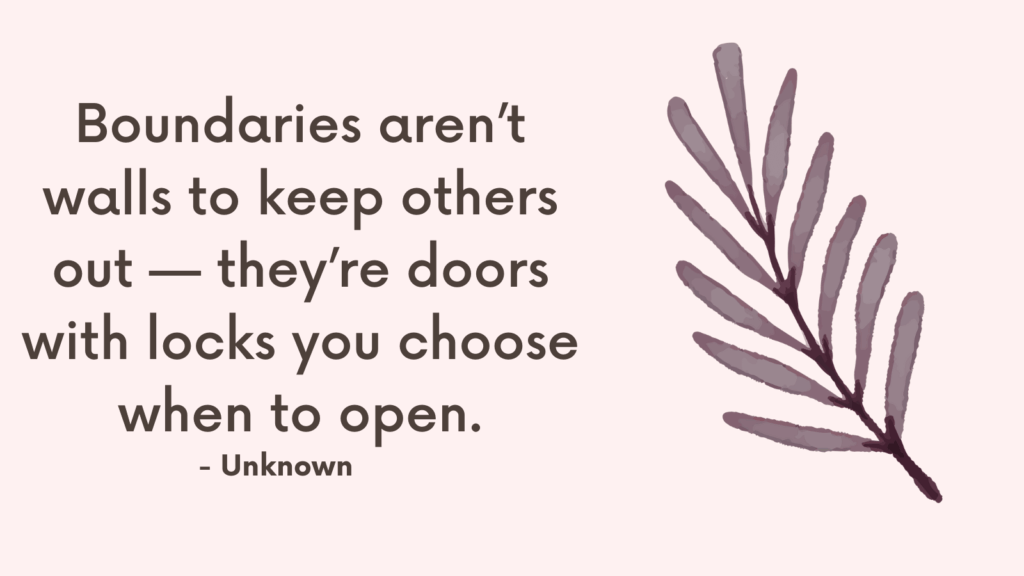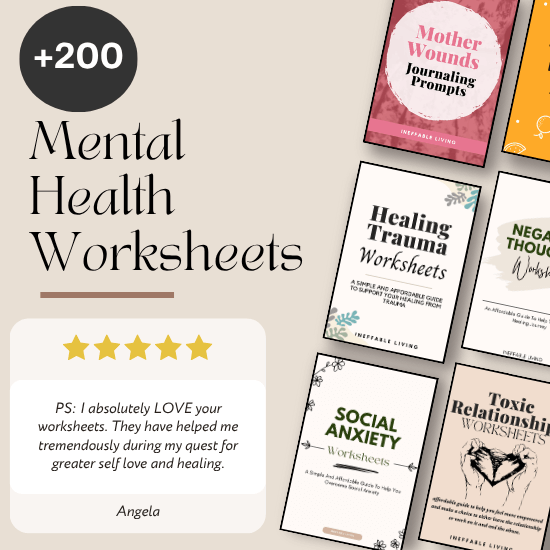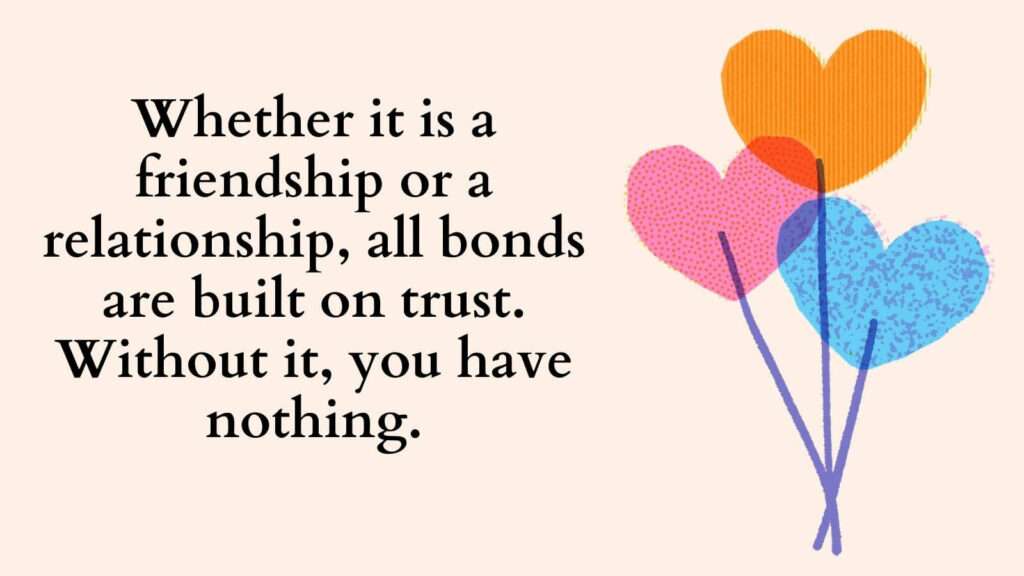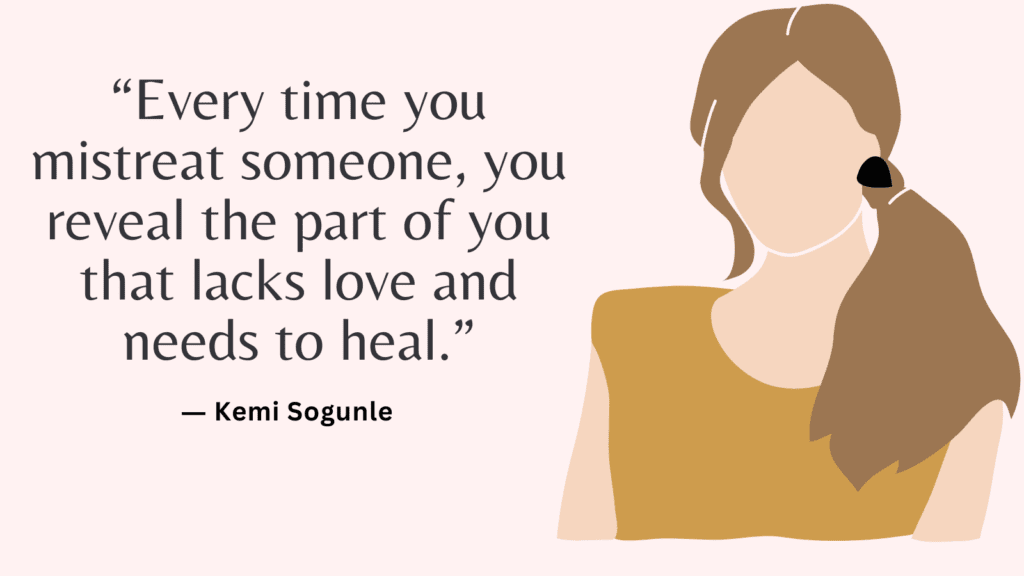Boundaries aren’t always loud. Sometimes, they’re silent choices, subtle shifts, or actions that speak louder than any explanation. When words feel unsafe or unnecessary, you can still hold your ground—calmly, clearly, and without apology. A boundary doesn’t have to be a confrontation. It can be a quiet decision to honor your peace.
What Is a Nonverbal Boundary?
A nonverbal boundary is a silent but clear signal that defines what you’re available for—and what you’re not. It’s the energetic line you draw through your choices, presence, or absence. It’s you embodying the message: “I matter, even if I say nothing.”
Nonverbal boundaries often speak louder than words because they’re consistent, embodied, and calm. They don’t rely on confrontation—they rely on self-alignment.
When to Use Silent Boundaries
- When you’ve already said the words, and nothing has changed
- When the person doesn’t respect verbal boundaries
- When the dynamic is emotionally unsafe
- When you want to protect your peace without escalating conflict
- When you’re focusing on self-respect, not control
How to Set a Boundary Without Saying a Word?
1. Stop Explaining, Overexplaining, or Justifying
Silence is a boundary when you stop trying to convince others of your worth.
You don’t owe a full backstory. Choosing to not explain is a form of reclaiming your space.
2. Change Your Energy
Withdraw your emotional investment. Offer less access, fewer reactions, softer presence.
Let your stillness say: “I no longer feed what depletes me.”
3. Leave When It Feels Unsafe or Unkind
You don’t have to make an announcement. You can excuse yourself, step out, go home.
Leaving is a boundary. Silence can say: “This isn’t right for me.”
4. Let Your Face Say What Your Mouth Doesn’t
A neutral look, soft blink, or steady gaze can communicate:
“I see you, but I’m not engaging.”
Your expression can create space without conflict.
Related: Unhealthy vs. Healthy Boundaries: What’s the Difference?
5. Stop Initiating
Stop texting first. Stop asking how they are. Stop filling the silence.
Let the absence be the message: “I’m no longer overreaching for connection.”
6. Respond With Less Access, Not More Explanation
You can give short, kind replies. Fewer details. Delayed responses.
This says: “I’m present, but I’m not available in the same way.”
7. Let Them Sit With Their Own Emotions
You don’t need to rescue someone from discomfort.
Let silence hold the tension. Let space teach what words can’t.
8. Remove Yourself From the Pattern
Stop playing your part in the same cycle. When you stop reacting, pleasing, fixing—they notice.
Your shift becomes the boundary.
Related: How to Set Boundaries with Yourself?
9. Protect Your Schedule
Silently stop rearranging your life to make others more comfortable.
Unavailable is a full sentence—even if it’s never said aloud.
10. Trust That Your Energy Speaks for You
Your absence, distance, and calm detachment can say:
“I’ve changed. I no longer accept this dynamic. I choose myself quietly.”
Related: Top 19 Journal Prompts For Boundaries
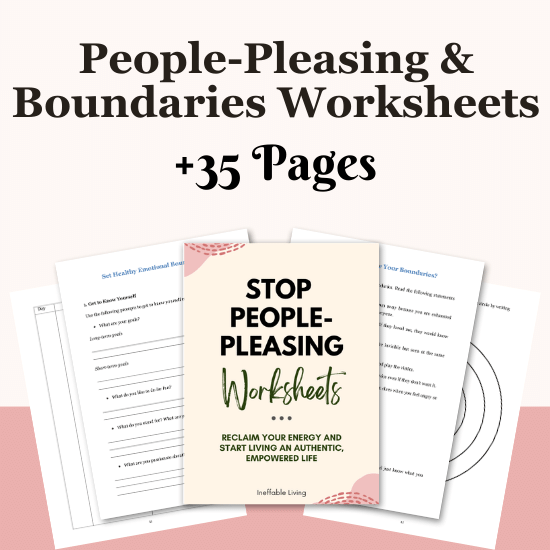
Conclusion
Not every boundary needs words. Some are felt. Some are modeled. Some are simply lived. You can protect your peace, shift your presence, and create space without confrontation.
Let your actions whisper: “This is where I end, and you begin.”
